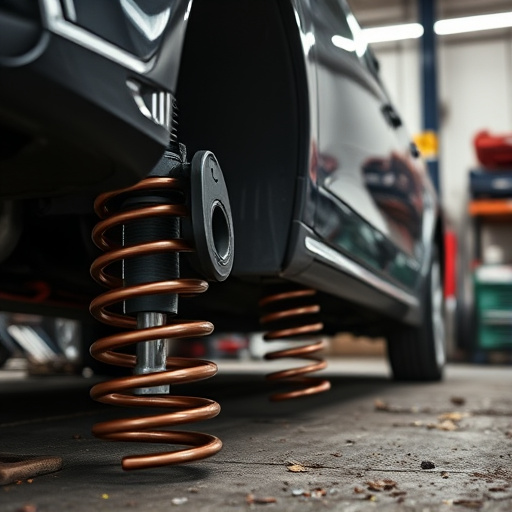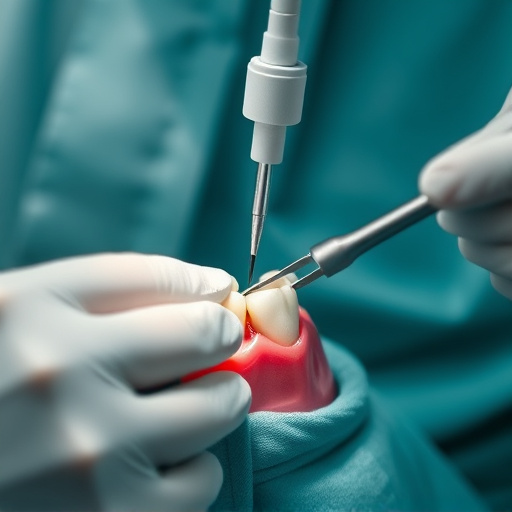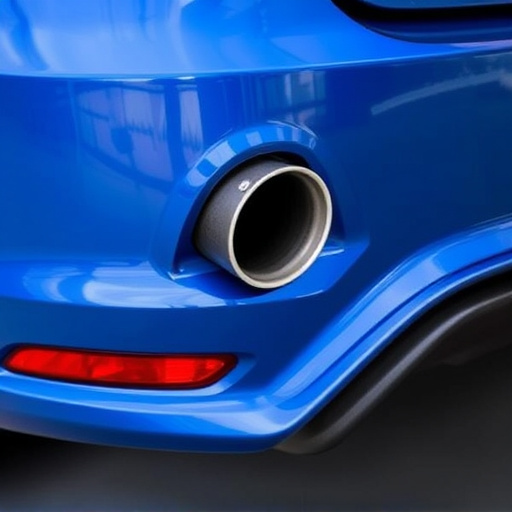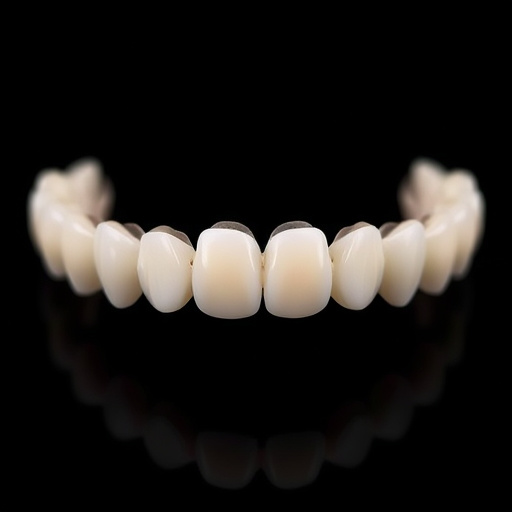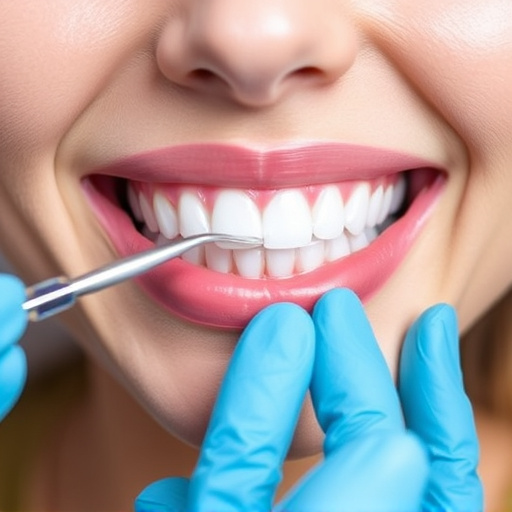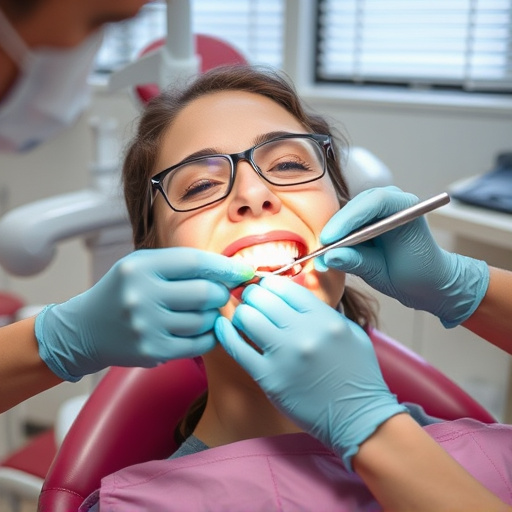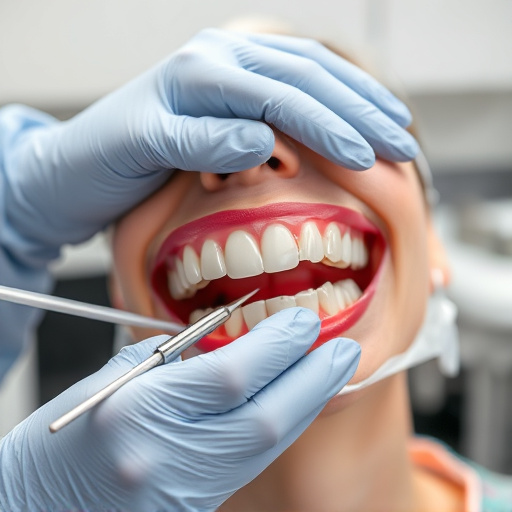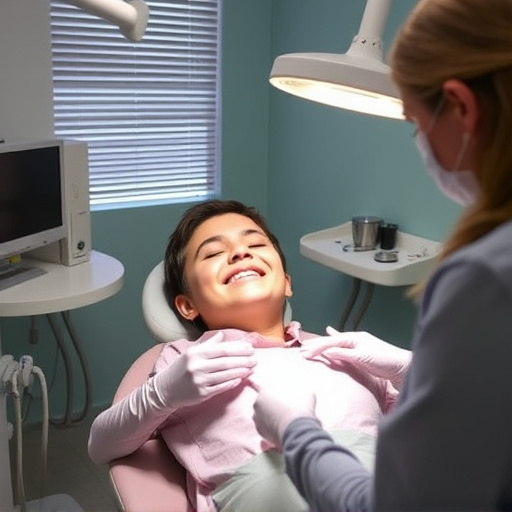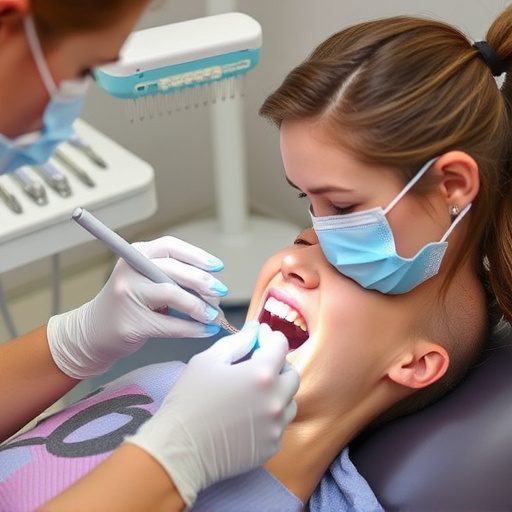Conservative dental treatment, driven by technological advancements, is gaining popularity through minimal-invasive approaches. Modern tools like 3D imaging and laser dentistry enable precise, bloodless treatments while preserving tooth structure. Advanced composite fillings, digital imaging, and CAD systems enhance detection and restoration, prioritizing patient comfort and faster recovery times for improved long-term oral health.
“Discover the future of conservative dental care with an exploration of cutting-edge technologies transforming oral health. This article delves into minimal-invasive dentistry, highlighting innovative equipment that offers precise, efficient treatments. From advanced imaging techniques to smart fillings and lasers, these tools revolutionize conservative dental practice. Learn how these modern approaches benefit patients by minimizing discomfort, preserving tooth structure, and promoting long-term oral health.”
- Understanding Conservative Dental Care Approaches
- Latest Technologies in Minimal-Invasive Dentistry
- Benefits and Applications of Modern Equipment
Understanding Conservative Dental Care Approaches
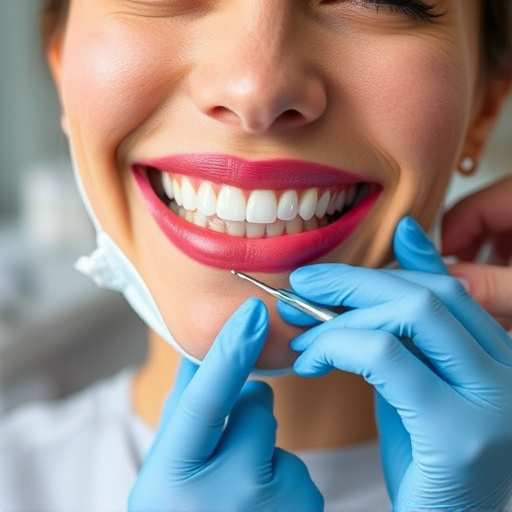
Conservative dental treatment focuses on minimizing invasive procedures while preserving as much natural tooth structure as possible. This approach is grounded in the principle that less is more, aiming to prevent unnecessary damage and promote long-term oral health. By leveraging recent technological advancements, general dentistry has seen significant improvements in conservative treatments, such as advanced dental fillings and innovative tooth repair techniques.
These modern solutions offer enhanced precision, improved durability, and reduced discomfort compared to traditional methods. For example, modern composite fillings not only match the natural color of teeth but also provide stronger bonding, allowing them to withstand chewing pressures more effectively. Similarly, microscopic techniques in tooth repair enable dentists to detect and address early signs of decay, preventing the need for more extensive interventions down the line.
Latest Technologies in Minimal-Invasive Dentistry

The field of dentistry has witnessed a significant evolution with the advent of cutting-edge technologies, offering more conservative approaches to various dental treatments. Minimal-invasive dentistry (MID) is a growing trend that focuses on preserving healthy tooth structure while addressing dental issues effectively. These innovative techniques prioritize patient comfort and faster recovery times, making them ideal for both routine and emergency dental care scenarios.
One of the latest developments in this area is the use of advanced imaging technologies like 3D cone-beam computed tomography (CBCT). This technology provides detailed, high-resolution images of the oral cavity, enabling dentists to accurately diagnose and plan treatments, including placing dental fillings or designing cosmetic dentistry procedures with precision. Additionally, laser dentistry has gained popularity for its conservative nature, offering precise and bloodless interventions for various conditions, further enhancing patient experiences.
Benefits and Applications of Modern Equipment

Modern dental equipment offers a multitude of benefits for both dentists and patients when it comes to conservative dental treatment. Advanced technologies such as digital imaging, laser dentistry, and computer-aided design (CAD) systems provide precise diagnoses and tailored treatments. Digital X-rays, for instance, offer clearer images with reduced radiation exposure compared to traditional film X-rays, enabling early detection of issues like decay or gum disease.
Lasers have revolutionized various dental procedures, including enamel shaping, tooth whitening, and even some restorative works. They offer a more precise and gentle approach, reducing the need for drills and anaesthetics in many cases. Additionally, CAD systems facilitate the creation of customized dental crowns and other restorations, ensuring optimal fit and aesthetics in cosmetic dentistry. Regular dental cleanings can also benefit from these innovations, as advanced tools and techniques enhance efficiency and patient comfort during these essential maintenance procedures.
Conservative dental treatment, guided by the latest technology, offers a promising approach to minimizing intervention while maximizing results. By leveraging minimal-invasive dentistry techniques and modern equipment, dentists can now provide more effective and efficient care. These advancements not only enhance patient comfort but also preserve tooth structure, ensuring long-lasting oral health. Embracing these innovations in conservative dental treatment promises a brighter future for both practitioners and their patients.




